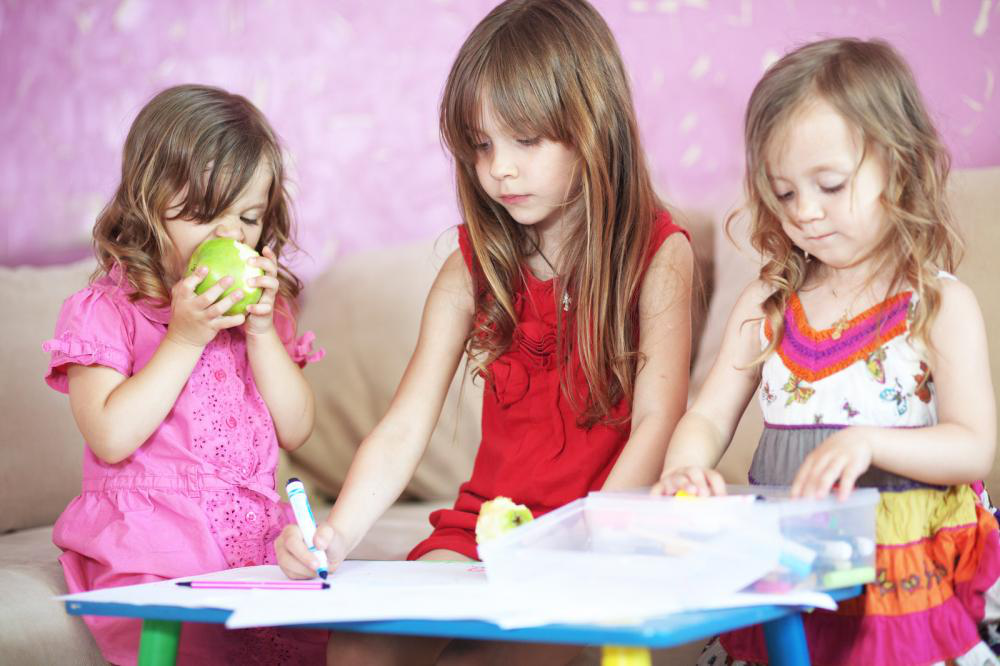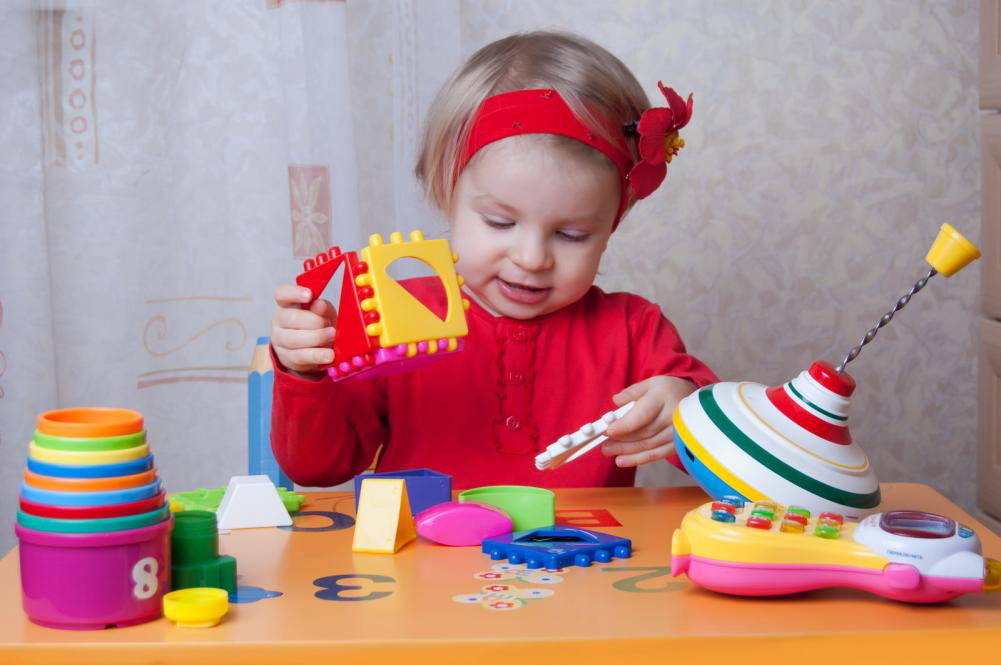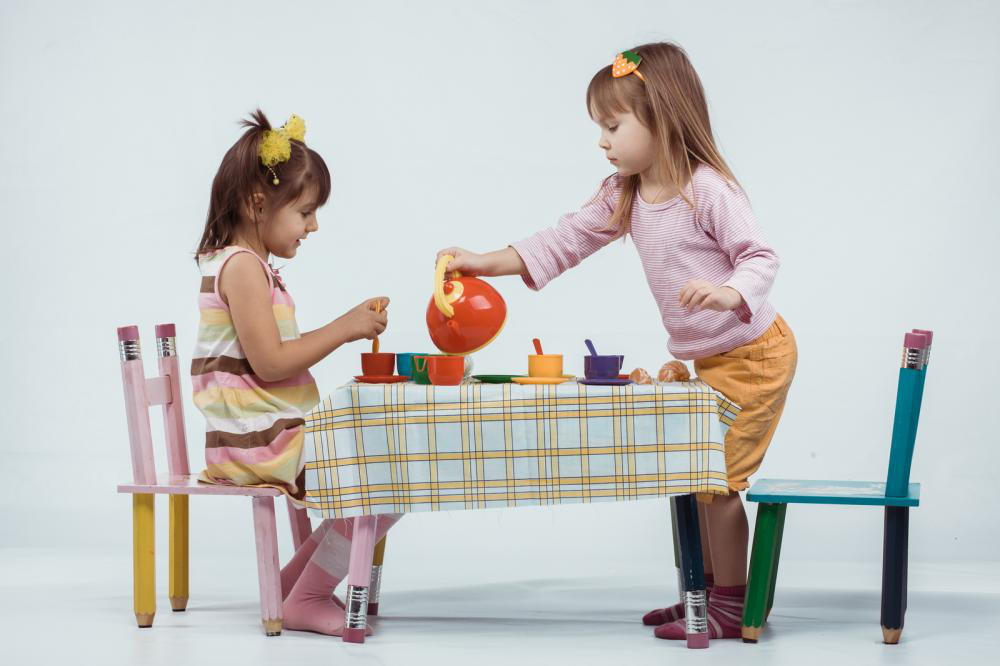Only A Few Spaces Left For Our Premier VPK Program! We Are Now Enrolling & Would Love to Meet You & Your Family!
Get More Information About Our VPK Program: Click Here
Have you ever noticed how many of our favorite memories growing up are associated with one or more of our senses? Like the smell of campfire in the summers, the first song you memorized with your childhood friend, orriding a bicycle through the neighborhood in the pouring rain.
From birth through to early childhood, kids use their senses to explore the world around them. Toddlers touch everything;they put things in their mouths and learn to make funny noises with their lips pressed together.
They experiment with how theworld soundsby putting theirfingers in their ears, spinning in circles until they’re dizzy, falling down, and getting up again. That’s why it’s so important to provide opportunities to your children that let themactively explore their surroundings through ‘sensory play.’
This builds nerve connections in your little one’s brain’s pathways that support cognitive growth, gross motor skills, language development, and problem-solving skills.
People often associate sensory play with picking things up and feelingtheir texture; however, sensory play involves much more than that.
Sensory play refers to any activity that stimulates your little one’s sense of smell, taste, touch, hearing, and sight, and engages them in balance and movement.
For instance, observing the colors in a color mixing experiment, the sharp scent of vinegar in a science experiment, the smell and texture of paints—these are all part of appealing to yourchild’s senses.
Sensory play encourages independent thinking and discovery, in addition to inspiring creativity and imagination. Studies show that certain groups of children—such as those who are autistic or those who have sensory integration dysfunction disorder—can benefit from sensory play. In fact, these activities help them make sense of and organize stimuli in their surroundings.
Let’s look at how sensory play is crucial to brain development:
Everybaby is born with thousands of neurons.Researchshows that when kids actively use their senses, itdevelops pathways between these neurons.
The more these senses are engaged, the more neural pathways are created. These nerve connections establish a foundation for your child to complete complex learning tasks as they continue to grow.

While your toddler may not be uttering words besides “dada” or “mama” yet, they learn to discover and understand new things via their senses.
For instance, whenever, they encounter something wet, cold, or sticky, it reinforces their understanding of the types of objects that typically have these characteristics.
Playing with various types of materials, textures, and tastes helps your child discover new ways of describing the objects around them. Suddenly, the grass in the park is much more than grass; it has prickly edges, strong earthy smells, and is wet from mildew. Water isn’t just wet; it’s cold when frozen but sometimes slippery with bubbles.
Similarly, even tastes build your little one’s language base. They no longer want cereal; they want something sweet or crunchy, but certainly not something bitter or bland.Studies have shown that engaging preschoolers in sessions of sensory play combined with fruit exposure, has led to increased fruit acceptance.
Sensory play builds fine and gross motor skills as children explore things by pouring, pinching, sorting, and lacing movements. This builds upon theskills they use for tasks like buttoning clothes, tying shoes, and zipping jackets.

We love sensory play activities since they’re simple to set up and engage different parts of your young one’s mind. Here are some great ideas for days at-home or after school activities:
Perfect for sensory exploration, sand foam is an easy experiment that only requires two ingredients:shaving cream and sand. Gradually add 200ml of shaving cream to threecups of sand until you achieve your desired consistency. Your little ones will love running their fingers through the textured and fluffy mixture.
You can even add shells, toy cars, and dinosaurs to the mixture to encourage imaginative play. Shells make for a beach-y theme, while dinosaurs and cars inspire a story about dinosaurs taking over town while cars speed away from the chaos. Additionally, you can make it a hide and seek game by hiding plastic numbers and alphabets in the mixture.
This activityhelps your little one learn about colors and shapes, developing their fine motor skills simultaneously.
Fill a tub with black aquarium rocks and add fourdifferent colors and shapes of buttons toit. Separate foursmall containers and encourage your child to use a handy scooper to sort the buttons into matching containers by colors. The scooping and releasing actions mimic the using scissors, providing a fun and safe opportunity to develop scissor skills.
Kids love to be messy, and what better way to explore their natural curiosity than with messy-sensory slime play? This kind of play provides opportunities for development, learning, and growth.
Going with thefall theme, you’ll need orange food coloring, a cup of soap flakes, slime, a large container, and a beater. Kids love to use their hands to explore the slime and learn the use of descriptive words, such as slippery, slimy, squishy, and soft.
Pro tip: Conduct this activity in the backyard to make clean-up easy!
It’s a good idea to expose your child to essential life skills from an early age. And we have just the idea for an activity that’ll help your little one perfect their pouring skills.

Place a large storage bin over a towel. Fill different-sized measuring cups with water, and add different food colors to each one. Leave out a bunch of cups and bowls in which your toddler can empty out the water. This activity is plain awesome! It teaches your child hand-eye coordination, spatial awareness and grip strength.
Our infant and toddler programs are designed to engage your child and provide them with stimulation that’s crucial for their early brain development. From simple art materials to music, rhymes, and finger play, our compassionate staff focuses on inspiring imagination and creativity through sensory play!
Enroll your kids in our affordable day care center and preschool in Orlando, Florida today!